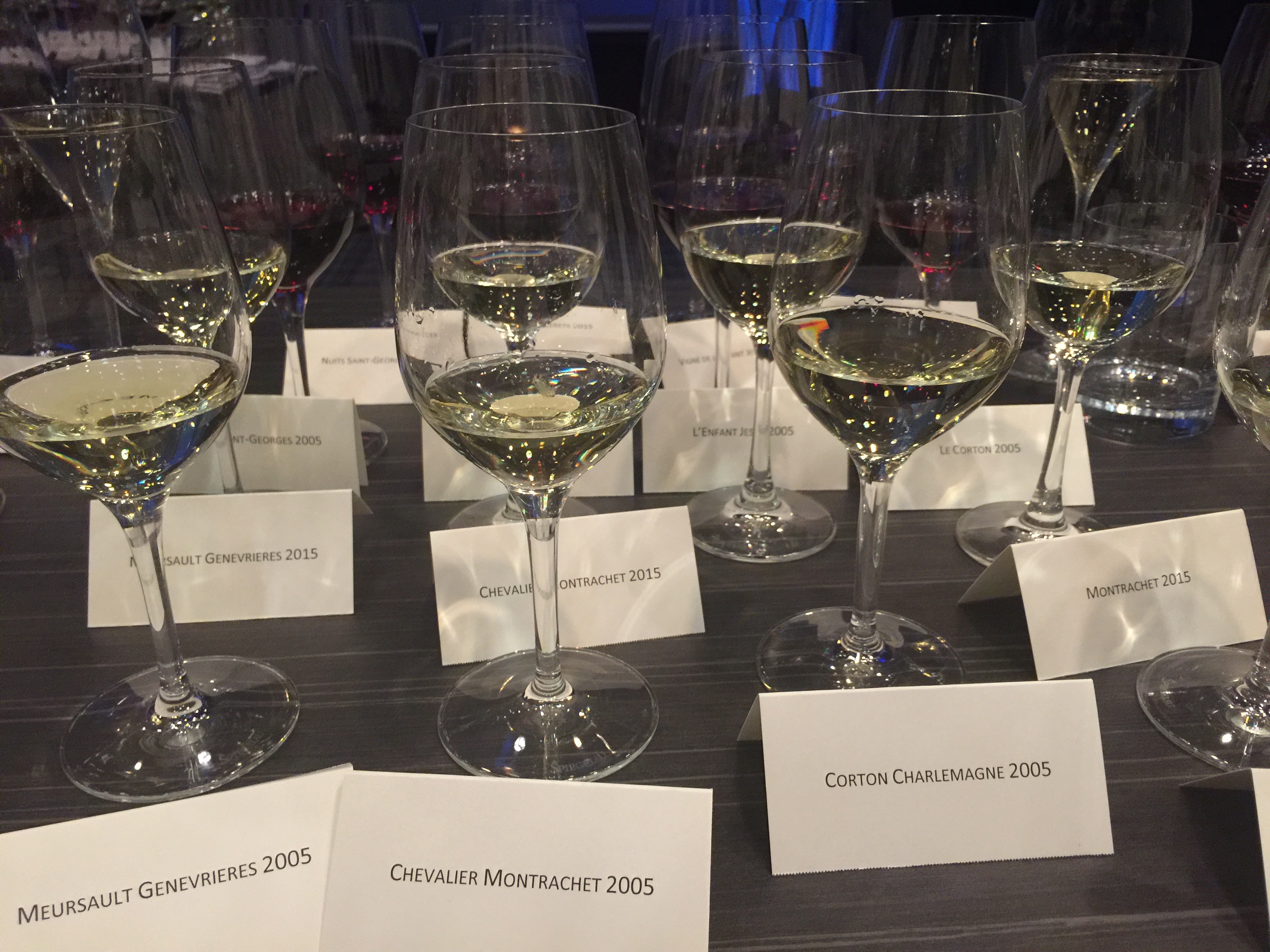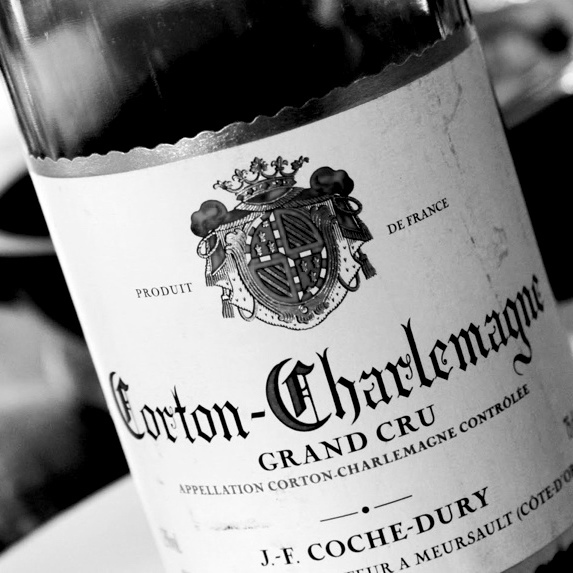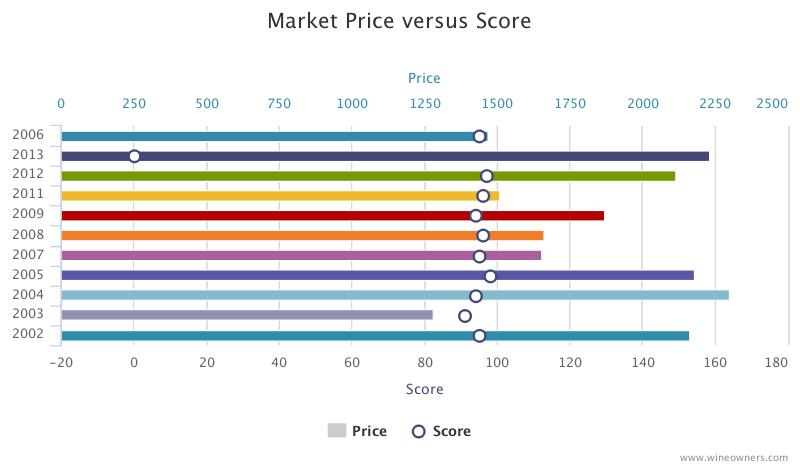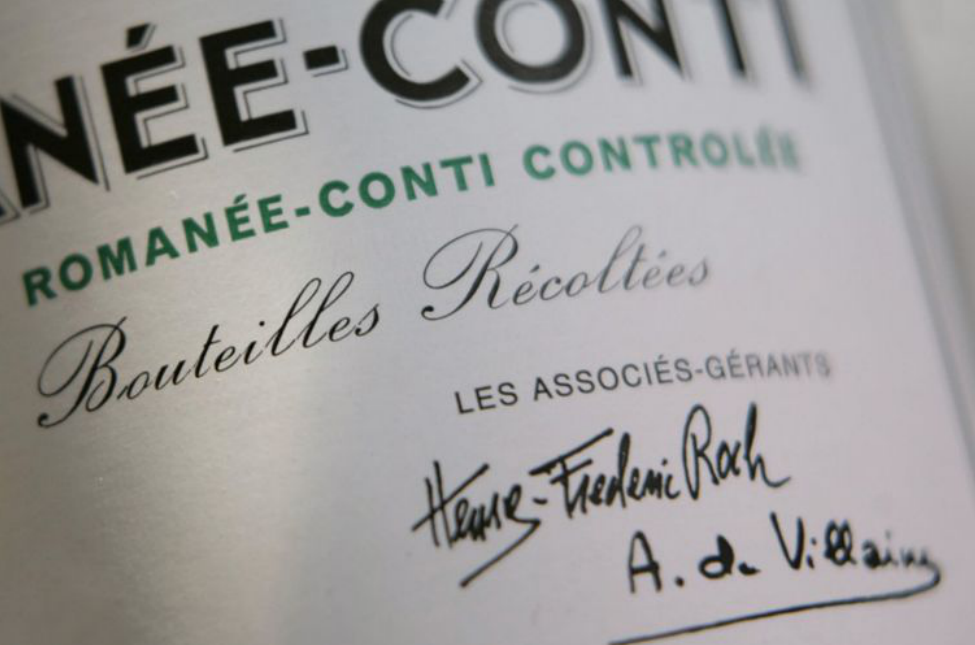by Wine Owners
Posted on 2018-10-22
Omar Khan’s Business & Wine events are hedonistic epics of wine indulgence and learning, and October 2018’s event at The Four Seasons on Park Lane was no exception.
Bouchard’s 2005s are a stunning set of wines, and when compared with 2015 showed fabulous balance and freshness. A beautiful menu that proved a perfect foil to the great wines served including Chevalier Montrachet La Cabotte 2002 and Beaune Greves La Vigne L’Enfant Jesus 1976 demonstrated how unfair Michelin can be in its treatment of hotel establishments compared with independent restaurants: Romuald Feger deserves a couple of stars!
By the time Henriot bought Bouchard Pere et Fils in 1995, the venerable House, founded in 1731 had found itself in a bit of a financial squeeze. New oak barrels were rationed and the wine maker was making do.
Herriot’s purchase changed all of that, and by 2005 Bouchard was well and truly reestablished as one of the great Burgundy Houses, and a microcosm of Burgundy itself with vineyard holdings representative of practically every commune across the Cote de Beaune and Cote de Nuits. The responsibility of this unique heritage is keenly understood by Henriot: so that for consumers discovering Burgundy, whose initial enthusiasm can so easily be diverted by an underwhelming experience, Bouchard Pere et Fils offer a swathe of benchmark wines.

Tasting a cross section of the 2005 Burgundies compared with the 2015 vintage highlighted a number of exceptional terroirs. It also showcased the very high quality of the 2005 vintage. It may well be that 2015 was a much more successful version of 2009, with the warmth of the vintage kept fresh and with retained definition of fruit thanks to more controlled wine making, but on this showing the wines are less precise and less fresh than 2005. Maybe they just need more time; sometimes the intrinsic balance of a wine changes shape over the course of the early years in bottle. Let’s hope that’s the case with these 2015s because the whites in particular need to freshen up.
A little more on the 2005 vintage chez Bouchard. These are, in a word, brilliant. We suspect most Burgundy-philes have resisted broaching their 2005s for fear of encountering a tannic behemoth, such are the tales of untamed structure in the top wines. This range tells a very different story: of freshness; blood orange mid palates, confit fruit illuminated with beaded acidity, and the sort of drive and energy that makes you want to dribble into your poulet de bresse aux tropettes de morts. Of course there’s structure too, but it’s balanced, provides focus and is more than offset by oodles of rich juicy fruit.
Ot the reds L’Enfant Jesus showed the precision of the Beaune Greves vineyard, with a bright thrust of energy, resonance and depth, and a mid palate veined with blood orange and black chocolate. This is a wine for the ages.
Le ‘Le Corton’ is a great red terroir, produced from a vineyard which is also permitted for white Corton. This 2005 doesn’t have the earthy depths of a Bressandes, but exhibits great drive, energy, a concentrated confit mid-plate and is very elegant. A more delicately formed Corton and in my view all the better for it.
Volnay Caillerets 2005 is a more forward wine, although the term is relative in context of the preceding wines. Aromatically spiced with a dark liquorice sweetened mid palate that has a creamy texture, a good sense of energy with oranges present on the finish.
On the night the Chevalier Montrachet 2005 was chalky and mineral, insinuating in its attack before gradually but determinedly building intensity. Very, very long. Le Montrachet 2005 was a powerhouse but so, so primary; a tough one to judge other than elementally and so to try to anticipate something extraordinary in the coming decades.
On this showing, other than recommending you fill your boots with Bouchard 2005s, you might want to check if 2005 Burgundies are well enough represented in your cellar. If not, they’re not going to get any cheaper as they get closed to the start of their drinking windows, so now’s as good a time as any to start looking for some.
by Wine Owners
Posted on 2017-02-06
Let me first put my hand up and say I’m a fan of 2014 as a Burgundy vintage. It seems to me to be a year of rather lovely balance across the board. No doubt with exceptions, it’s a vintage to buy as high up the qualitative tree as you can afford, quite unlike 2015 where the hot summer provided a metaphorical leg up to wines on cooler, less exposed sites and colder soils.
Adam Brett-Smith, Managing Director of Corney & Barrow the UK exclusive agent for DRC, describes 2014 as the ‘happy vintage’ but warns that it’s easily underestimated. I do agree. The wines may be ‘on the fruit’ and correspondingly expressive, but there’s sufficient fine-grained structure, dry extract and acidity to see the wines develop over the medium to longer term.
The ability of Burgundies to age from classic or un-showy vintages seems consistently under-called by wine critics, especially where there’s a degree of natural concentration through moderate or normal yields, which seems to make a big difference to the finickety nature of Pinot Noir. 2014 should age effortlessly for 15-20 years.
TASTING NOTES
Corton
Warm, red fruited nose. An expressive, spiced attack with nice energy and a twist of licorice. A degree of firmness merely hints at the character of the archetypal Corton appellation (although there is huge variation between the various Corton soils) and leads into a giving, fruity finish.
Échézeaux
An inviting yeasty nose, in turn earthy and creamy. Once again, a degree of firmness that’s overridden by open, expressive, croquant fruit. It’s a wine that pinotents – delivering the essence of Pinot Noir, into a finish that’s framed with an orange citrus cut.
Grands Échézeaux
A fresher nose, vinous and earthy. There’s greater complexity, finely balanced with a bit more structure, more defined and an elemental, vinous character. On its reserve for now, with a freshness and depth that tempts a prediction of a great GE.
Romanée-St-Vivant
Sweet pastille fruit on entry, less evident grip, more expressive with greater mid palate volume. Super upfront fruit with a fine grained back palate. Freshness kicks in on the finish with good persistence.
Richebourg
Liquory aromas rise from the glass. Power comes through on the nose but paradoxically there’s a balancing restraint to it. Greater intensity than preceding wines, much less up-front fruit but with a bit more torque - progressive, earthy and very complex. Flashes of fruit push through, towards a grainy back palate with building intensity. Real grip and substance with old vine character.
La Tâche
Another step up, right now it presents as a more chiselled form of the Richebourg, a rather elegant and cushioned expression of La Tâche at this early stage. There’s lots of latent power and a sense of reserve on the back palate with a long and persistent finale.
Romanée-Conti
Expressive nose of fruit, earth, and a greater sense of minerality. Powerful yet very refined. Darker character, with a brightly illuminated outline to the dark fruit. A controlled finish with fine-grained grip and a sense of penetrating depth.
by Wine Owners
Posted on 2016-03-16
 OWNER
OWNER
Domaine Jean-Francois Coche-Dury
APPELLATION
Corton-Charlemagne
BLEND
Chardonnay
AVERAGE SCORE
95/100

REVIEW
Black tea, pugent herbs, iris, narcissus, and an alkaline, saline note suggestive of ocean breezes greet the nose. On the palate, this grips with penetrating pungency and tactile stoniness, leaving behind a memorable concentrate of chalk, salts, faintly bitter herbal essences, along with marrow and animal bone reduction. Surely it will go on to further glory in the bottle and should reward 15 or more years' cellaring. (Robert Parker, 2008)
SEE FULL PROFILE
by Wine Owners
Posted on 2016-03-03

OWNER
Domaine Henri Boillot
APPELLATION
Corton-Charlemagne
BLEND
Chardonnay
AVERAGE SCORE
94/100
From the 5th of July, 2014 the value of the wine has steadily appreciated from £808, peaking at £1048 as of 3 March, 2016. (Overall: steady growth)
Yellow: 2008 Green: 2009 Purple: 2010 Blue: 2011
REVIEW
This flight of 2011s comes to a close with the 2011 Corton-Charlemagne, a cool, introspective and powerful wine. Layers of bright citrus, mint and crushed rocks fill out the wine's big, broad-shouldered frame nicely. The intense, tight finish suggests the Corton-Charlemagne is going to require a measure of patience. Based on what I tasted, it's hard to argue that point. Boillot seems to be one case where the 2011s have the potential to be better across the board than the 2010s. (Robert Parker, Aug 2012).
by Wine Owners
Posted on 2014-02-10

I have to admit to an illness - if the invitation says from 8.30am, that's when I turn up. I hate to be late. After last Friday am I pleased to say that I am not alone; there are other people who obviously share this compulsion, or perhaps they just appreciate an empty tasting room to get on with the serious work of appreciating the craft of Burgundy's pre-eminent domaine.
And what a pleasure it was, to taste and to have the chance to hear Aubert de Villaine's thoughts as he carefully spoke to each member of the trade or journalist in turn. The wines that were so fruity to taste at the domaine, I learned, today were a little less forward in the basement of No. 1 Thomas More Street. These are not wines that march to centre stage and loudly speak their lines, they impress with a more subtle stagecraft; delightful gestures and gently spoken words that nevertheless hang in the air.
These are wines of finesse and haute couture perfume in 2011. As several fellow tasters commented 'this isn't 2010'. Indeed, but what these wines do possess is precision, elegance, and heavenly scents.
The other attribute they all share is freshness, none more pronounced than in the Grands-Échézeaux. A nose of bright redcurrents and damsons with a touch of white pepper preceded an entrance of finely-grained intensity, followed by a creamy character, and a sustained prickle of acidity braiding the lifted fruit. Is 2011 a minor triumph for Grands-Échézeaux more generally? I've had some crackers.
The Corton too, highlighted the freshness of these wines through a flinty, perfumed sea-breeze nose. Elegantly spiced, gently vibrant fruit leading to a lovely dry finish, suggesting a door closing but more to come the other side.
Those heavenly scents were expressing themselves without hesitation in the initially explosive nose of the Échézeaux, before calming into gently perfumed pinot fruit. A firmly bitter fruited palate carried through to an insistent finish. Nonetheless the most tender of the range?
The Richebourg's perfumed nose was altogether more powerful than any of the preceding appellations. An ever-changing, multi-faceted cloak lifting now and then to reveal subtle woody undertones. Here too was a cool edge but also a sense of the lip-smacking concentrated fruit to come. One of the most integrated on the palate, a fruit-liqueur-like texture ahead of the closed finish.
Romanée-St-Vivant had more of an ungiving nose in contrast to the others. The red fruit of the previous wines replaced by flavours in an altogether darker vein. Liquorice and hints of dark chocolate followed a tightly coiled entry, swiftly followed by semi-frais currents. Confit depth and a long and structured finish. I love tasting young Burgundy that gives you hints as to its future potential behind an elemental mask. How can one ever truly know, but surely this is going to be 'une bombe'?
La Tâche got me going with a mouthwatering nose - literally - of lifted, perfumed berries. The firmly fruited palate also expressed an underlying earthy mineral character, more grounded and masculine than the others. Dark fruits entranced and exited in turns. Very much on its reserve towards the finish.
Romanée-Conti seemed like a big jump up, as Aubert had said it would be this year. Extraordinarily richly-fruited nose, the perfume this time submerged by rising darker notes. Waves of fruit on the palate washed over a sweet intense core. The vintage's freshness then showed itself with a lift of vibrant red berries before, once again, the darker fruits took over on the finale.
Nick Martin

